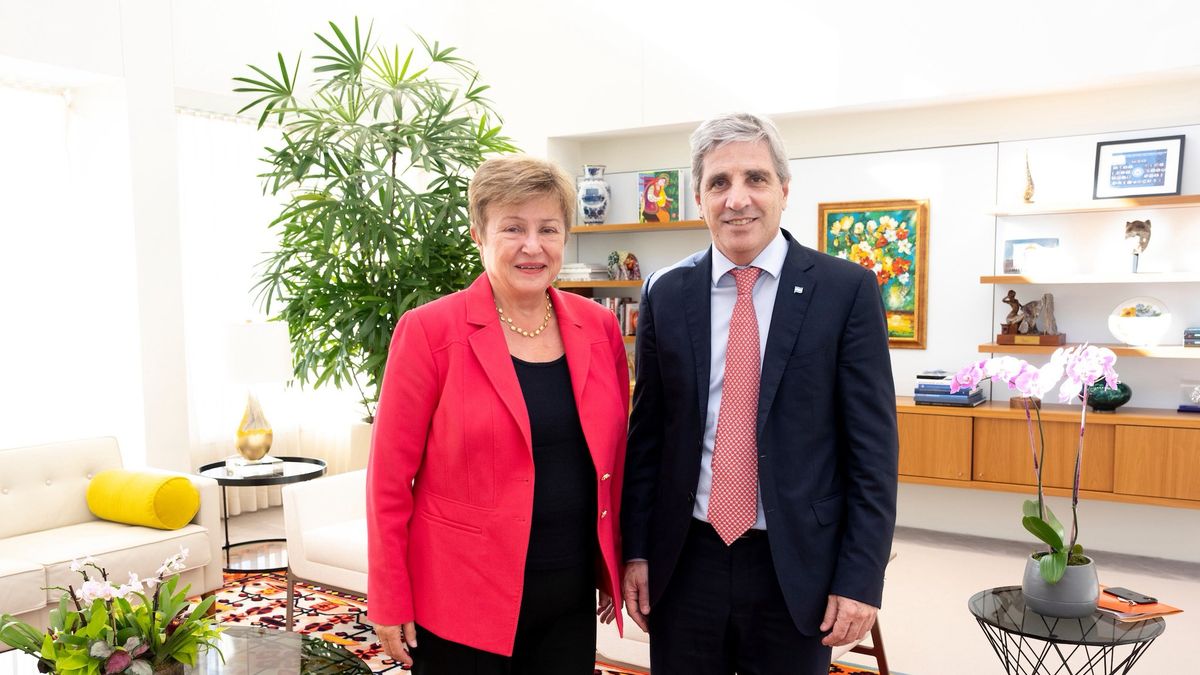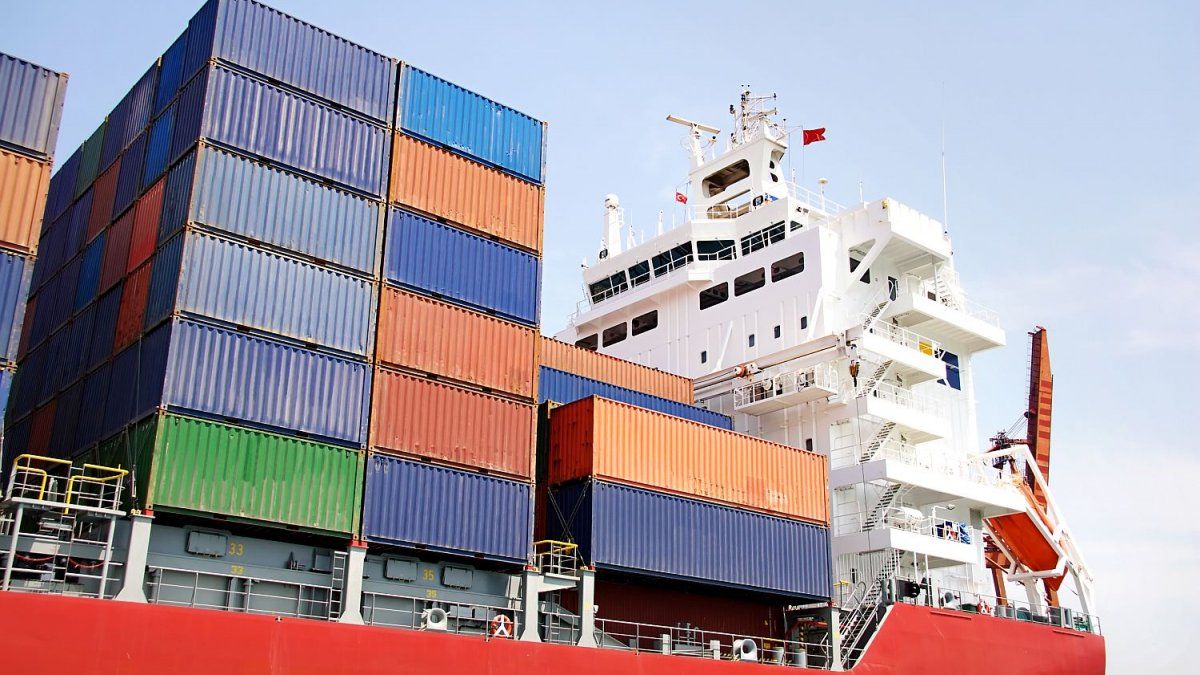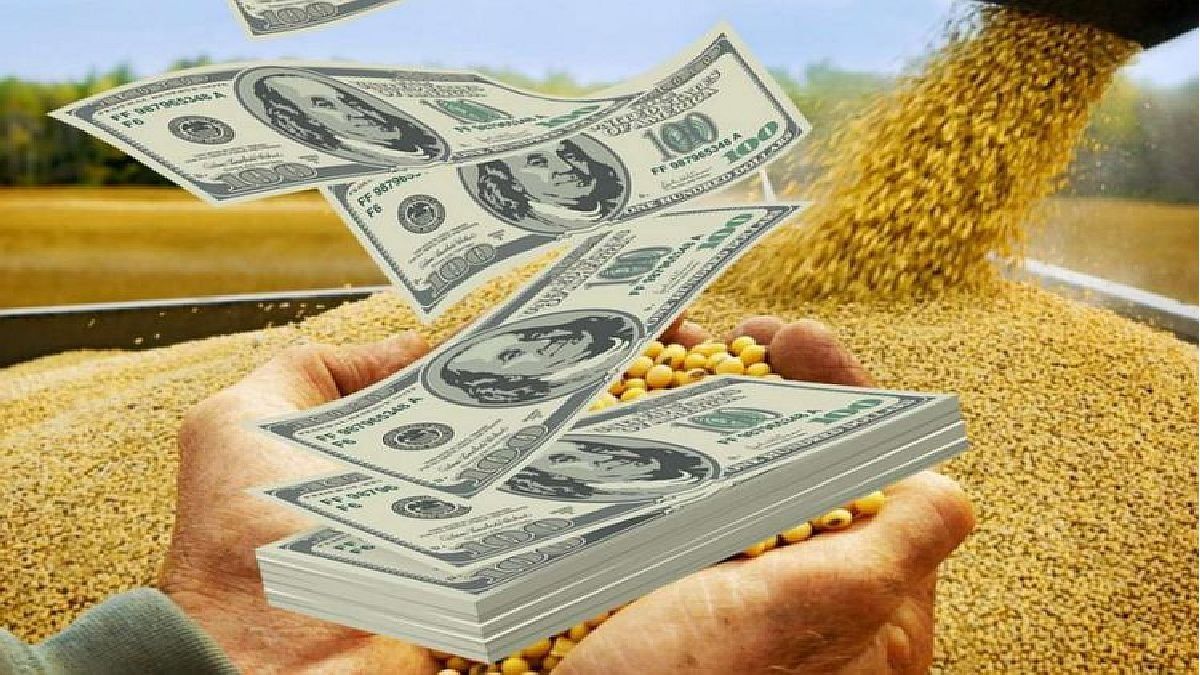Not least because of climate change, winter sports are facing massive changes. For many in the business, it seems inevitable that the period for top alpine sports will also be pushed back. “For me it is clear that winter has shifted backwards,” said ex-superstar Marcel Hirscher. “Sölden will certainly be exciting in the future as well: how long can this date be kept?” interjected ÖSV men’s racing director Marko Pfeifer.
- Glacier in Form Crisis: “We’re still waiting, but it doesn’t look very good.” Hannes Trinkl has serious concerns about the speed event on the Matterhorn planned for the week after the start of the World Cup. >> More about this here
- Giant slalom start in Sölden: Vincent Kriechmayr has made his decision


Hirscher on overseas training: “Is that really necessary?”
Since the 1990s, the Alpine World Cup has regularly started at the end of October with two giant slalom events in Sölden. This year it’s the upcoming weekend. “Does it really have to be a race at the end of October? Isn’t the end of November enough and why not the last race at 2,000 meters above sea level in mid-April or at the end of April?” said Hirscher during his DTM guest appearance. “I’m questioning that very much. This overseas training too – is it really necessary? If we didn’t increase the time pressure with a race around October 26th, nobody would have this stress.”
Hirscher is thus in line with the position of the Austrian Ski Association. “It will be necessary to adjust the periodization of training and racing operations. This should be easy to implement, especially in the junior series,” General Secretary Christian Scherer told the “Tiroler Tageszeitung” recently. The ÖSV wants to do exactly that in the relevant FIS committees.
“Early season start for ski industry”
According to Pfeifer, the Sölden appointment has a solid background. “It’s very important for the whole ski industry, that’s what you hear from everyone,” said the Carinthian. He spoke of a starting signal that would signal to the public that one could “go into business and buy skis” again. “The question is whether it wouldn’t work two weeks later. You’re still relatively early at the beginning of November, and the two weeks give you a lot more time to get it done. If you could postpone everything two weeks or so , a lot would have been done for the future.”
The extremely hot summer of 2022, combined with the drought, hit the glaciers in the Alps more than in most other years. This led to accelerated melting processes, landslides and the disappearance of large amounts of ice. The Rettenbachferner in the Ötztal Alps is still in comparatively good shape, but has also receded several meters per year in the recent past. The meltwater lake in front of the glacier began to form in the hot summer of 2015 – it has now reached a considerable size. Ski slopes had to be relocated and adapted again and again. It is no coincidence that Germany’s former ski hero Felix Neureuther advocates stopping training on the glaciers between June and September.
Hirscher: “The pressure is artificially generated”
In any case, alpine skiing is under increasing scrutiny when it comes to climate protection – including when it comes to snowmaking and how much energy is consumed. It is true that not every coming summer will be like this year, which has broken many records associated with heat. However, the number of days with low temperatures that are required for artificial snow production in the months before the core winter will generally decrease in the future. “The pressure that is being imposed is artificially generated, and you could take that out a bit,” said Hirscher, the overall World Cup record winner, who is entering the World Cup this year as an entrepreneur with his Van Deer brand.
“Everything will shift a bit. We can ski very well here in the high Alps until the end of May or the beginning of June, we have to take advantage of that in the future,” explained Pfeifer. There must be a rethink, especially among youngsters, “if we want to remain number one”. Young people in schools with a focus on skiing started training on snow in mid-August, but this is no longer possible due to the conditions in summer. From the end of March or April to September “the snow-free break is far too long”.
Pfeifer called on politicians to take action regarding the redesign of lesson plans and calendars. “Otherwise there will be too little skiing à la longue if you keep it the way everything is coordinated now,” the 48-year-old sent out a warning.
Your opinion? Vote:
Source: Nachrichten




